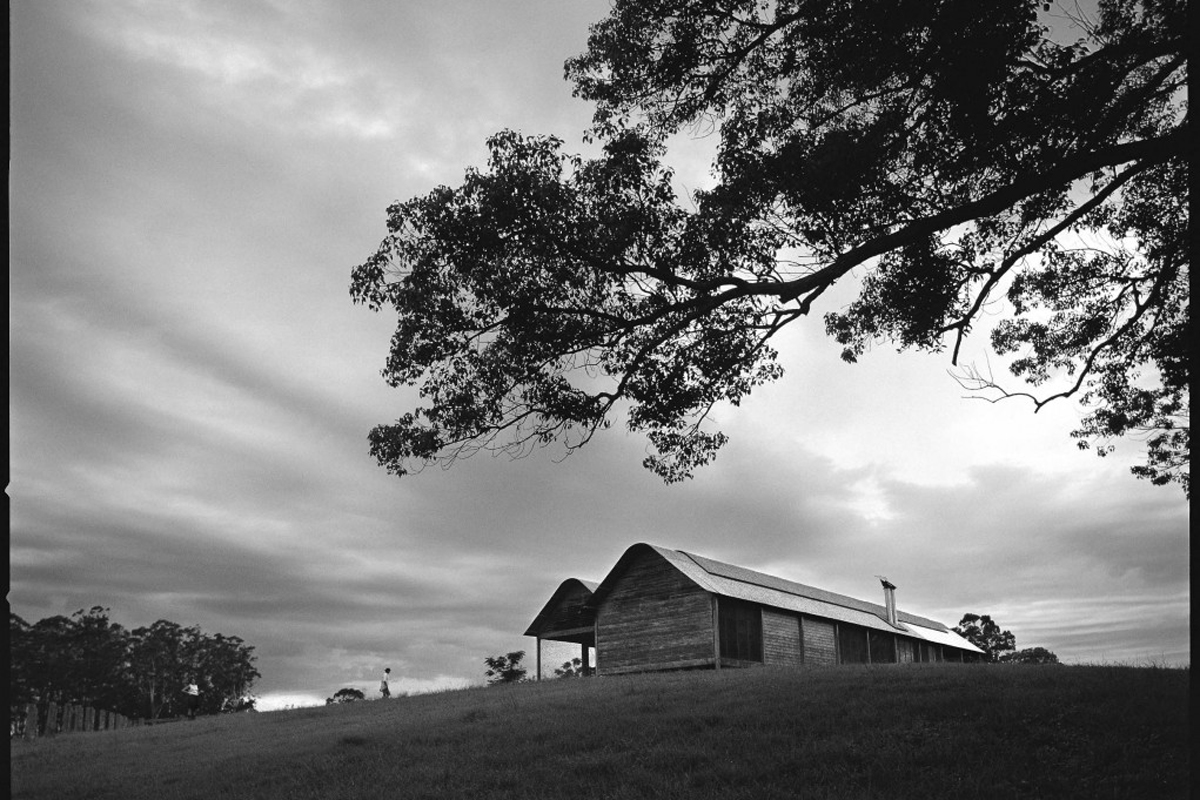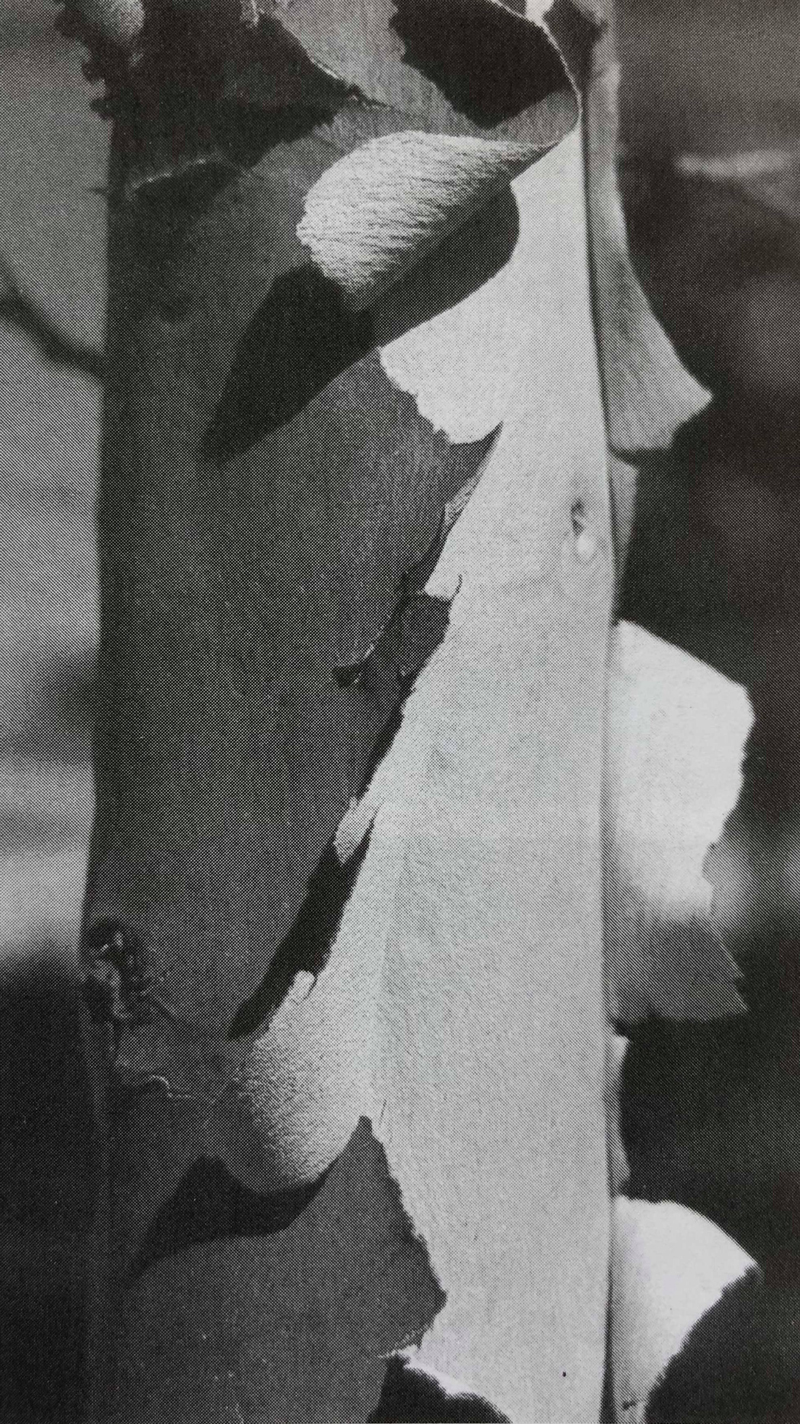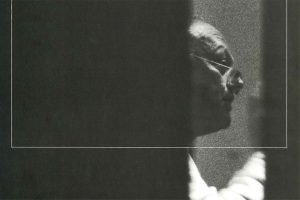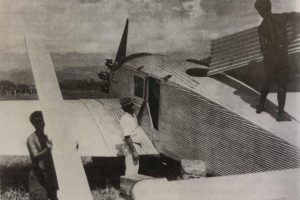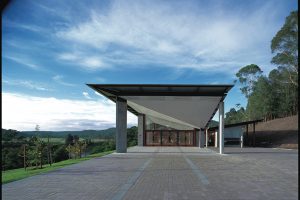I COME BACK TO AUSTRALIA, AND WE KNOW THAT THE NON-INDUSTRIALISED SIDE OF OUR SOCIETIES, AND THE FARMERS, AND THE PEOPLE WHO ARE NOT ARCHITECTS, OFTEN UNDERSTAND WHAT THEIR PLACE IS
For example on the west of New South Wales, in the arid region, the hot arid area, the very lightweight shades that are just there to protect the material in the case of rain. Whereas on the coast, the material or the product is taken inside as complete protection. It has to be, otherwise it will deteriorate.
In New South Wales, we find a building that ventilates through the walls and is cooled with water. We can pump water in the top here and allow the water to come down here in a hot arid region, which is not in your country, in this part of your country, which is very humid, but in dry areas, where moisture can reduce the temperature through the latent heat of vaporization.
Now Australia has many landscapes, but what is consistent, outside of the rainforest areas, are those trees that are supremely strong at one level and supremely delicate at another level.
The ability of a tree to survive in these harsh landscapes means the leaves are extremely thin. They are largely flat. And in the most of Australia, the leaves will move. It will track the sun all days, so the leave moves tom follow the sun, which reduces allows the tree to survive. But of course what it does is it allows the light to penetrate through the whole structure of the tree. So we, all of the sudden, are able to see the structure of the tree. It’s not like the tree in a rain forest where there is enormous density. You see the trunk and then you see tremendous region of thickness. We are able to see through our landscape. Through the transparency in our landscape. We can look at one hillside through a forest and see the hillside beyond, and we can look, in many parts of Australia into the ground beneath the trees beyond.
That is extremely important to my architecture: the transparency, the legibility of structure, the delicacy. Flowers are supremely delicate.
It is something to me which is unparalleled, unsurpassed anywhere in the world. It is a different beauty, a tough beauty. And it takes us time to understand it; it takes us time to love it. But when you love it, you certainly love it.
The eucalyptus, for instant, in same area, in different parts. Only five hundred meters separate the two plants of the very same species, the one on the top of a hillside, down at the bottom, it is subjected to tremendous wind, with tremendous wind is also transpiration and evaporation. On top of the hill, there is less moisture. All the evaporation has taken place, so the nutrition has all gone.
They’ve all come here, where the wind pressure is least. Where the ground conditions are moistest. Where the nutrition is highest. So with five hundred meters apart we find plants adapt another form, entirely different. Why should not architecture adapt to place, to the differences?
And we are, of course, putting into our landscape these elements. We must understand that every time we put something in the landscape, a foreign element like this, if we appropriately place it, it will start to find its place. We will then see its effect on the landscape. What the wind coming in this direction or the rain coming in this direction, what happens on the lower side? In my country, an increase of moisture is likely tom kill the plants here. Or it’s going to take the moisture from this side here. So we ought to be careful of how we place a building, either in the landscape, on the landscape, or above the landscape.
These are some of the very simple principles that are very important to me.
ผมกลับมาที่ออสเตรเลีย เราทราบว่าด้านที่ไม่เป็นอุตสาหกรรมในสังคมเรา ชาวนาและคนที่ไม่เป็นสถาปนิกมักจะเข้าใจว่าพื้นที่ที่พวกเขาอยู่เป็นอย่างไร
ยกตัวอย่างเช่นทางฝั่งตะวันตกของ New South Wales ในเขตร้อนแห้งจะมี shade สำหรับใช้กำบังวัสดุเวลาฝนตก ในขณะที่ตามแถบชายฝั่งวัสดุ และผลิตภัณฑ์ต่างๆ จะถูกนำไปเก็บด้านในเป็นเรื่องเป็นราว มิเช่นนั้นก็จะเกิดความเสียหายได้
ใน New South Wales เราค้นพบอาคารมีการถ่ายเทอากาศผ่านกำแพง และเราสามารถสูบน้ำขึ้นไปไว้ด้านบน และปล่อยให้ไหลลงมาในพื้นที่แล้ง ซึ่งต่างจากประเทศไทยที่มีความชื้นสูงแต่บริเวณนี้จะแห้ง ความชุ่มชื้นจะช่วยลดอุณหภูมิผ่านละอองน้ำ
ปัจจุบันนี้ออสเตรเลียมีภูมิทัศน์หลายลักษณะด้วยกัน แต่ที่ปรากฏชัดนอกเหนือจากบริเวณป่าฝน คือต้นไม้ที่แข็งแรงมากๆ กับต้นไม้ที่เปราะมากๆ การที่ต้นไม้ต้นหนึ่งจะสามารถมีชีวิตอยู่รอดอยู่ในภูมิประเทศที่โหดร้ายสุดๆ แบบนี้ได้นั้น ใบของมันจะต้องบางมากและแบนมาก ใบไม้ส่วนใหญ่ในออสเตรเลียจะเคลื่อนไปตามแสงอาทิตย์ และแน่นอนว่ามันยอมให้แสงทะลุผ่านทำให้เรามองเห็นโครงสร้างของต้นไม้ได้ มันจะไม่เหมือนต้นไม้ในป่าฝน ซึ่งมีความหนาทึบ คุณจะเห็นลำต้นของมันมีความหนามาก เราสามารถมองทะลุผ่านภูมิทัศน์เข้าไปได้ เราสามารถมองจากเนินเขาด้านหนึ่งทะลุป่าไปเห็นเนินเขาอีกด้านได้เลย ในหลายๆ พื้นที่เราสามารถมองผ่านไปเห็นพื้นที่ดินข้างใต้ได้ด้วย
เรื่องพื้นที่มีความสำคัญอย่
ตัวอย่างต้นยูคาลิปตัสในพื้นที่
และเรากำลังใส่องค์ประกอบเหล่
นี่คือหลักการง่ายๆ บางประการที่มีความสำคัญกั
FIRST PUBLISHED IN ART4D VOL.80 MARCH 2002
Edited and translated from Glenn Murcutt’s lecture in Bangkok on November 3, 2001
Special thanks to the Australian Embassy in Thailand and BHP Steel Building Products (Thailand)
Cover Photo is Marie Short from ozetecture.org
READ MORE ABOUT GLENN MURCUTT

